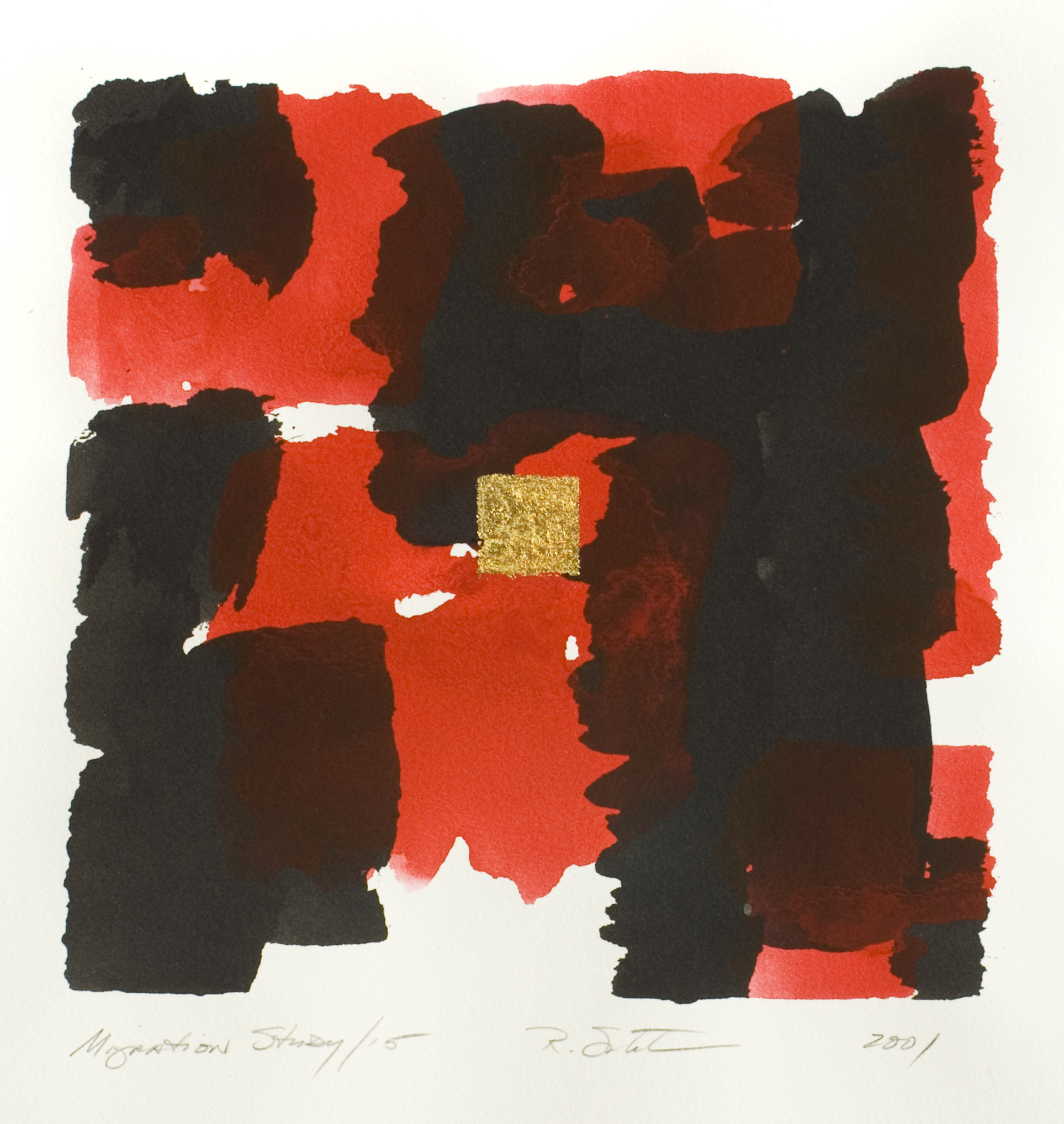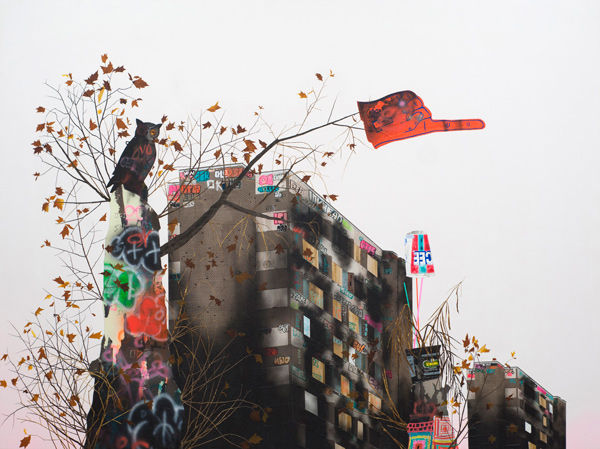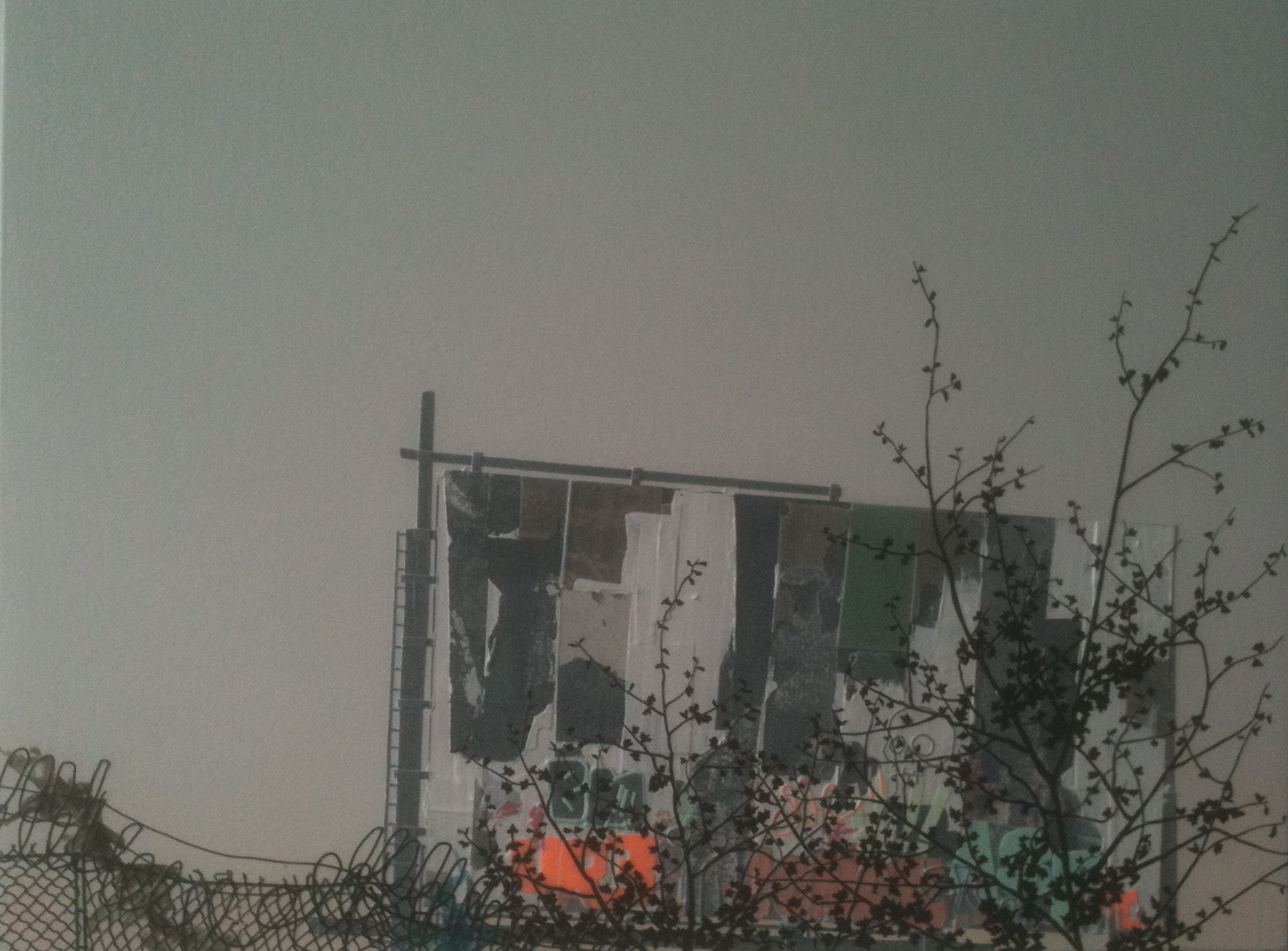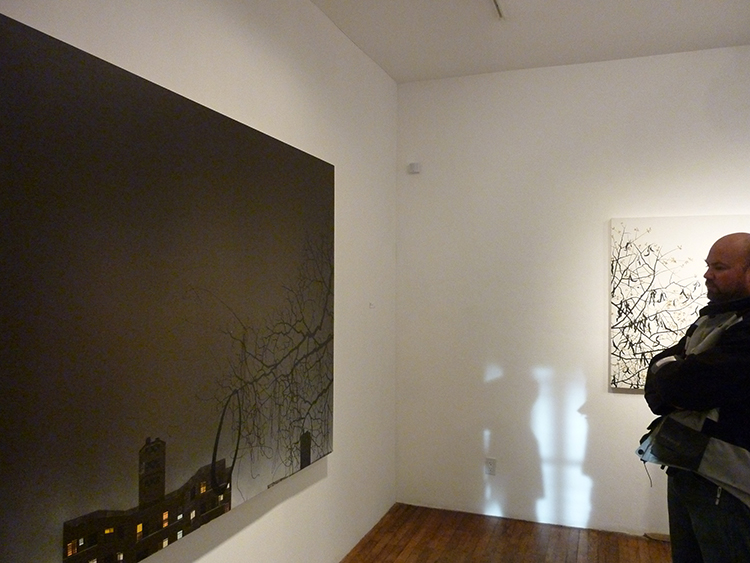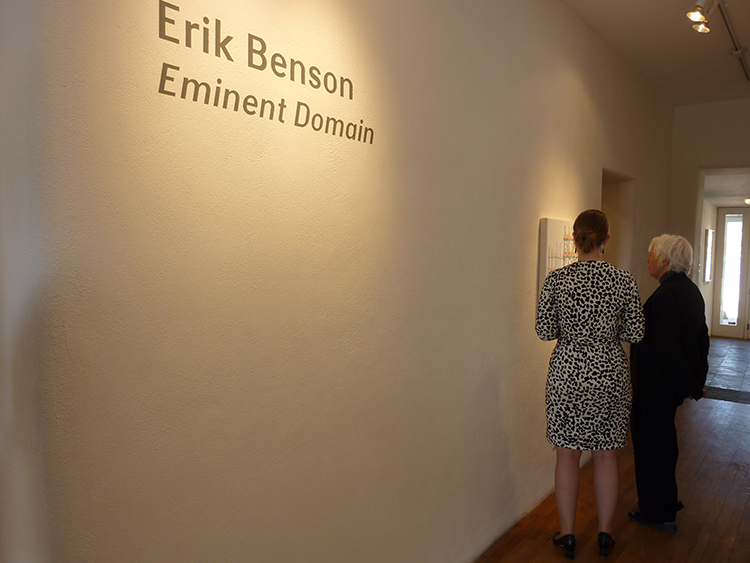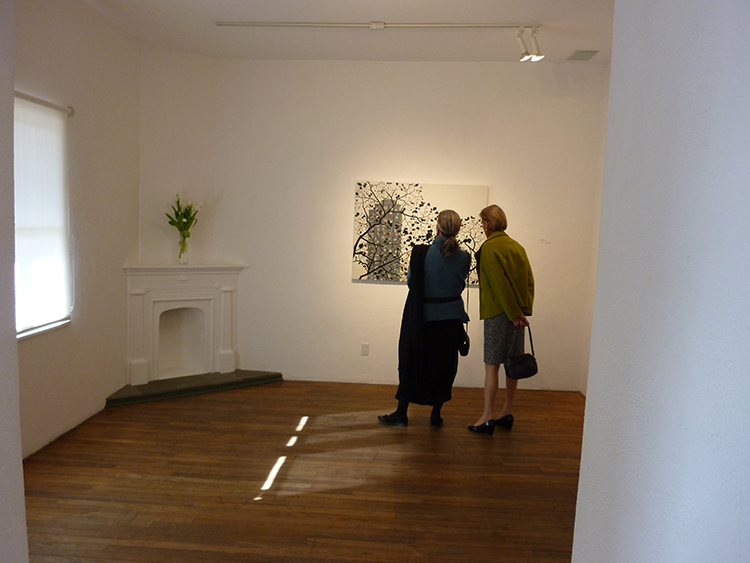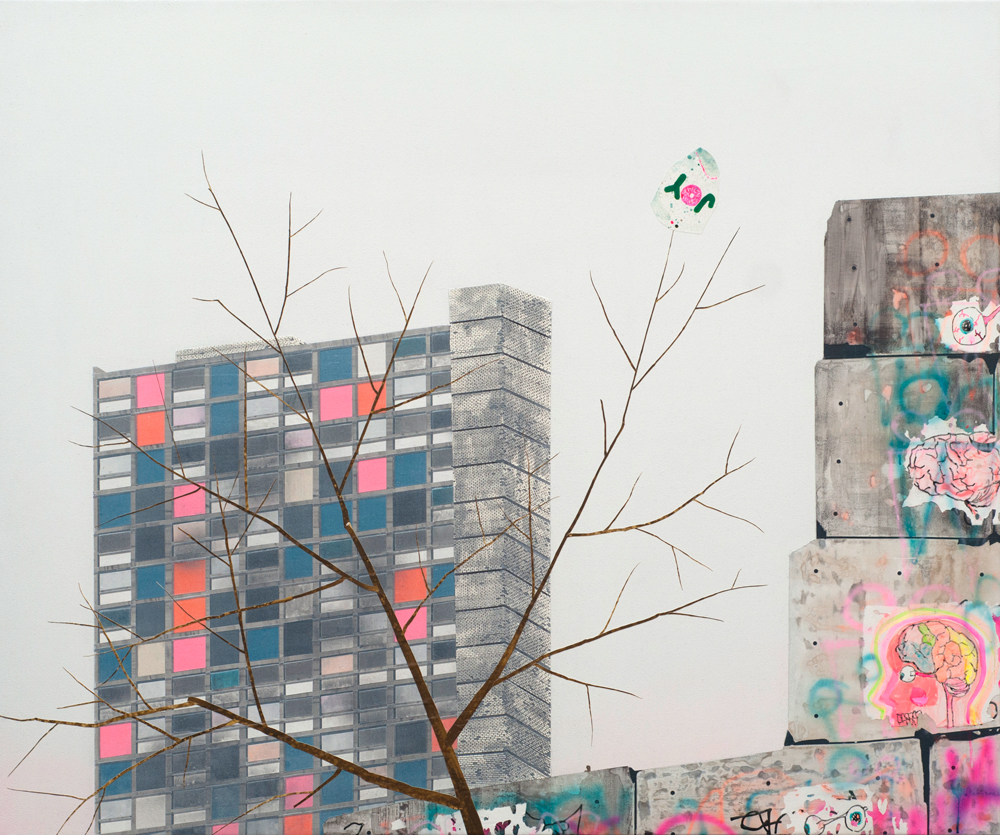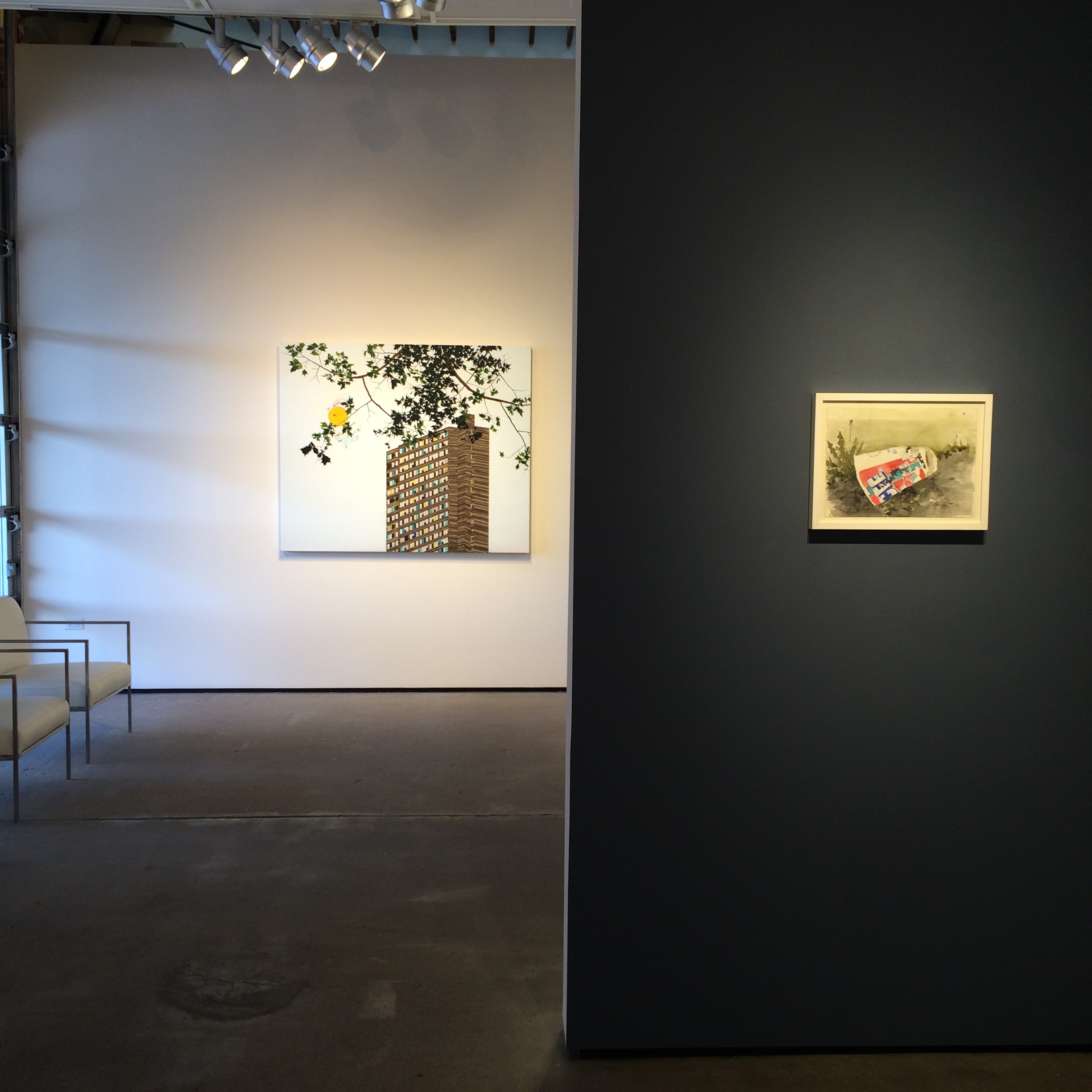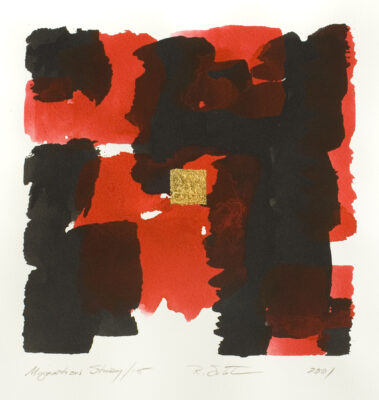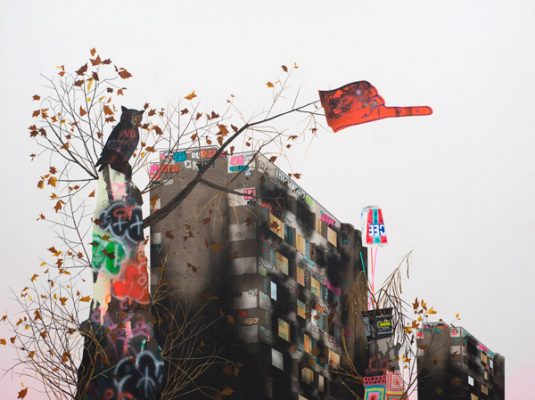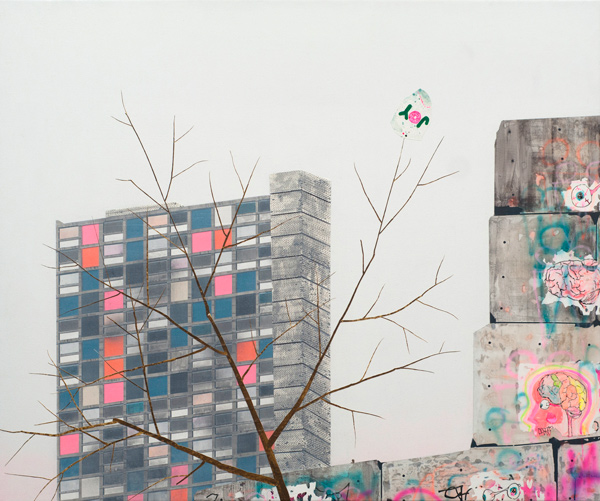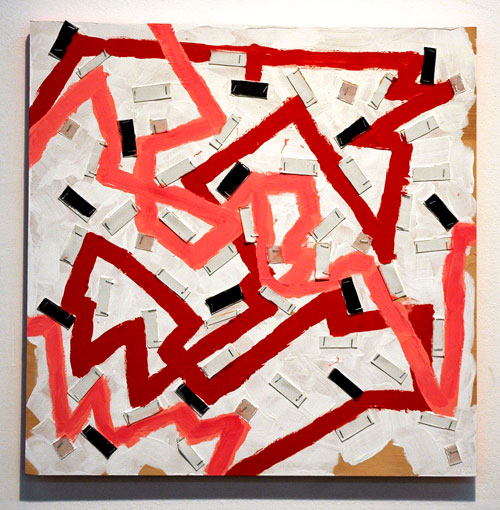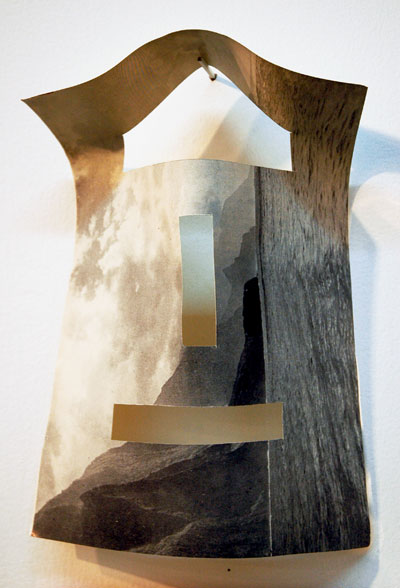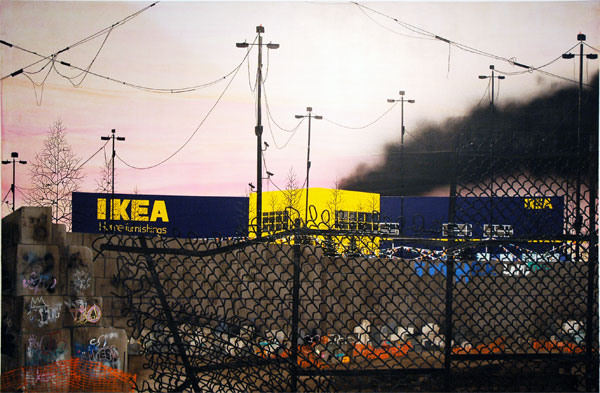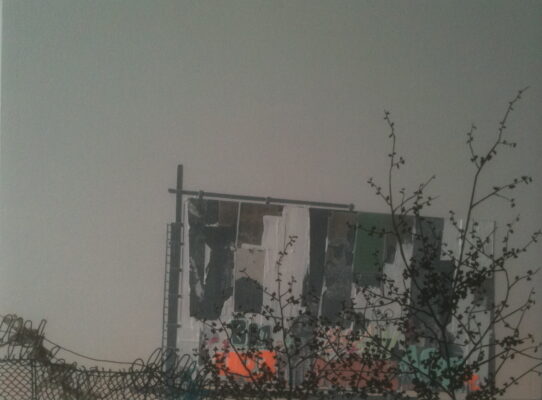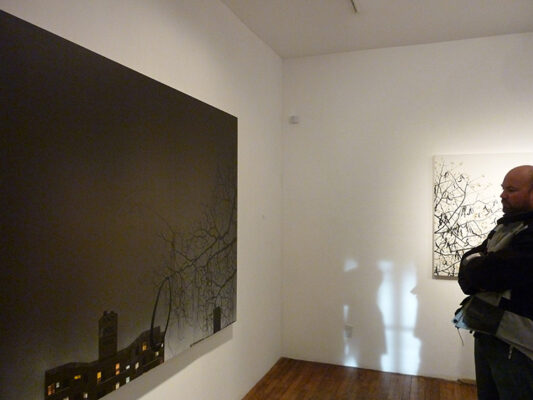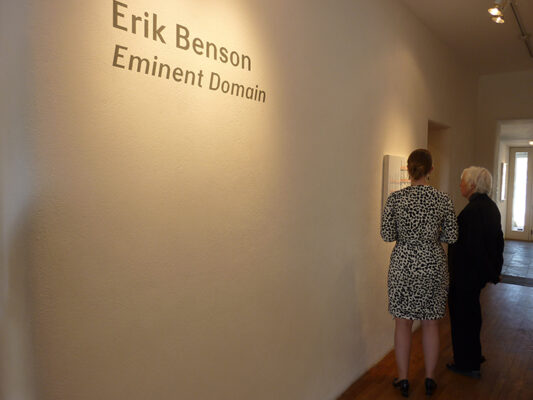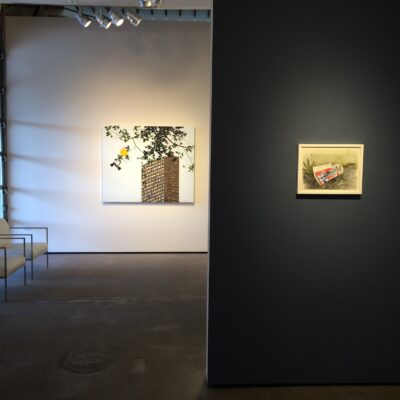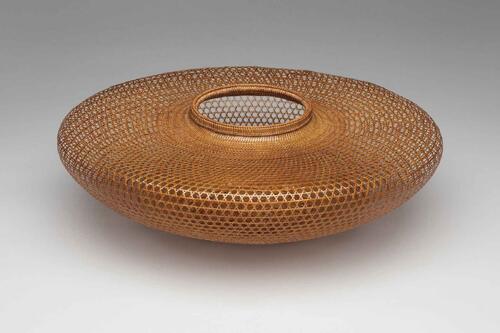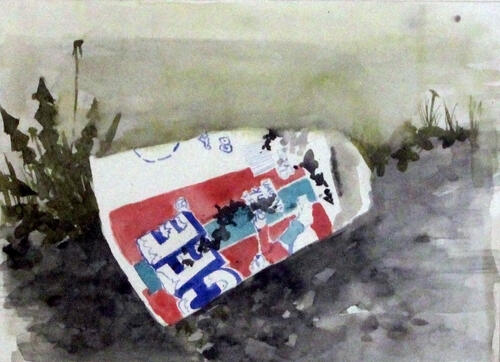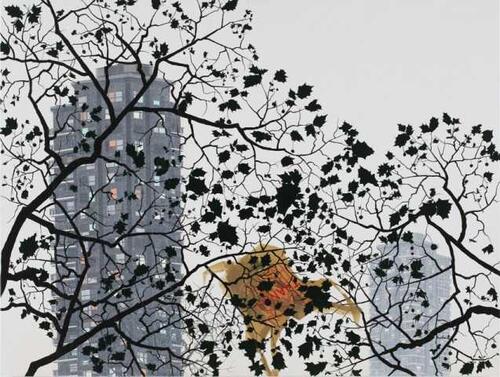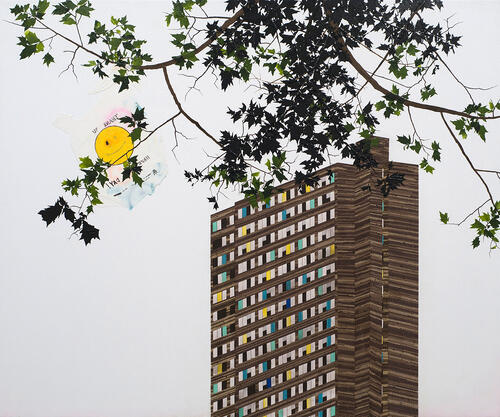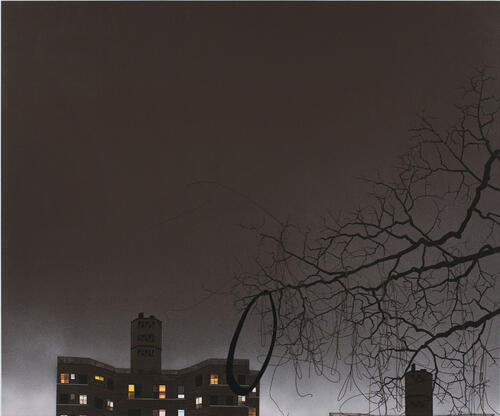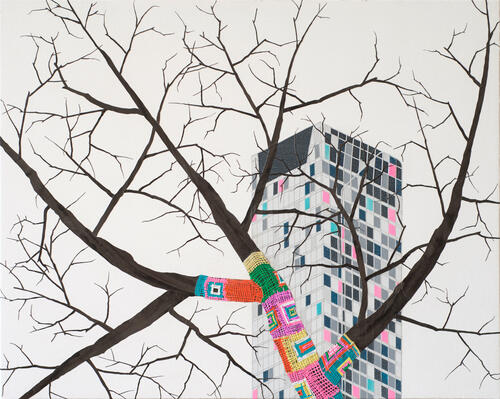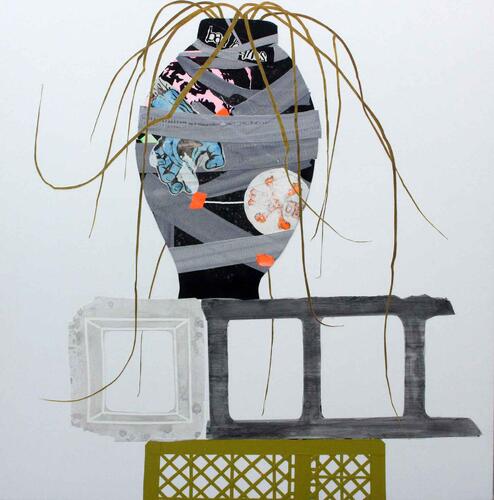From curious types and those mildly interested in sprucing up their walls to lifelong art lovers looking to realize their personal vision of a finely curated, art-filled residence, finding the right artwork for one’s home can be quite the challenge.
Traditionally, when it comes to incorporating fine art into interior design, most homeowners start with the most conventional of all art forms, paintings. But even once the medium is settled on, how does one go about finding the right painting, or artist, for their home?
Some merely keep an eye out for whatever strikes their fancy, while others enlist the aid of professionals like Suzanne Lovell, CEO of Suzanne Lovell Inc., a Chicago-based architectural interior design firm specializing in luxury residential projects.
“Always buy what you love, what moves you. The more you acquire as an art collector, the more that you learn about yourself and what you prefer,” Ms. Lovell said. “There are rules when it comes to paintings. A good discussion around value means review of public and private past sales, and look at the career of the artist, where have they exhibited and what collections are they in. What’s next for them?”
Among traditional collectors, some are drawn to acquiring paintings based on perceived value as an investment opportunity, but “you should first and foremost be visually drawn to a piece you’ll be living with before considering it as a purchase for your home,” explained Los Angeles-based interior designer Jamie Bush. “If a work is valuable yet you don’t care for it much, then it’s an odd thing to bring into your home. That said, I feel to have the privilege to be able to acquire art as an investment is something, given the opportunity, that one should definitely do. To be able to enjoy something that is exciting, beautiful, controversial, seductive or monumental in your home—instead of stocks, for example—is one of the great joys of life.”
In speaking with new clients, Ms. Lovell encourages them to select paintings “to build a story based upon historical precedent, teacher/student, contemporaneous works, or similar subject matter,” noting how “that’s the fun and passion behind collecting with an idea of the story that you would like to tell and experience as it unfolds, and meanders with each new find/acquisition.”
Firms like Mr. Bush’s can sometimes help. “During this process, we do a lot of precedent analysis, reviewing past auction records, condition reports, market fluctuations—getting all the pertinent information together to help them make an informed decision helps put the client in the best position to decide if the purchase is right for them,” Mr. Bush said.
Here are four artists and painters to keep an eye out for:
Kara Walker (b. 1969) is a contemporary African-American artist whose work explores race, stereotypes and gender throughout American history. She has gained international recognition for her cut-paper silhouettes depicting complex historical narratives, and has used drawing, painting and sculpture to expose the ongoing psychological effects of the legacy of slavery.
Getty Images
“Walker’s use of the silhouette attracts the viewer’s attention in crisp black and white, while the depiction commands contemplation and invokes an awareness of history and what that story means today,” Ms. Lovell said.
When suggesting Ms. Walker and other similar artists to clients, Ms. Lovell encourages them to “be brave, be bold and collect the work of the artists whose messages you believe deserve a platform.”
The Copenhagen-based Astrid Krogh (b. 1968) is known for combining traditional techniques with innovative materials to produce a kaleidoscopic assortment of light installations, textiles and gilded surfaces. Many of the artist’s best-known works explore the nuances of sensory experience, triggering emotion through light, color, and touch. Her work can be spotted at the artistically-themed 21C Museums, as well as Design Miami Basel, Longchamp, PAD London, and other international, public sites.
Meadow // Astrid Krogh
“Living with art can alter your experience of the everyday, as it does for our clients for whom we installed a wall piece by Krogh in the entrance to their Manhattan pied-à-terre,” Ms. Lovell said. “Krogh’s ‘painting with light’ is ever changing, it is interesting when off and on, and it defines the space at night that is visible from the dining and living areas.”
A central figure among contemporary Native American artists, Ramona Sakiestewa (b. 1948) was born of Hopi ancestry and raised in the American Southwest. The versatile Sakiestewa has impressed the art world by evolving and adapting ancient Pueblo techniques, and is renowned for her tapestries, works on paper, public art and architectural installations.
Ramona Sakiestewa Light Echo 5, 2019 silver-leafed acrylic paint 24 x 24 x 2.25 in. TAI Modern
In recent years, the artist has been focusing on what she terms “constructions,” for which she first deconstructs earlier prints, then paints and draws on additional pieces of fabrics and papers, and finally manipulates the palette of images, patterns and surfaces into dimensional constructions. The Frank Lloyd Wright Foundation commissioned Sakiestewa to weave 13 tapestries from the architect’s drawings, and she has served as a design consultant working to build the National Mall facility of the Smithsonian’s National Museum of the American Indian.
“Ramona Sakiestewa is an incredibly accomplished artist and her work ranges greatly in medium and style. Her knowledge of technique comes through in everything she does,” said Amy Weber, director of communications for TAI Modern, a Santa Fe, New Mexico-based fine arts gallery that has worked with the artist numerous times. “The color and modern feel of much of her work is a stunning addition to any collection.”
The artist’s bold tapestries, which serve as an elegant platform for her culture’s ritual imagery, work well as a striking focal point when displayed on a large wall in a foyer or sitting room.
Erik Benson Still Life (Eating Tigers), 2017 acrylic on canvas over panel 20 x 16 in. TAI Modern
The Minneapolis-based artist Erik Benson (b. 1974) has made a mark on the contemporary art world by using a unique process in which he pours acrylic paint onto sheets of glass, allows the material to become solid and elastic, and then cuts it into shapes and removes by peeling. These pieces are then collaged onto canvas to build up an image, a process that echoes the built environment of urban life, thus investigating the physical and psychological infrastructure of the man-made landscape.
Mr. Benson’s works, which have been widely displayed in the U.S. and Europe, “often reminds me of a winter’s day in Brooklyn,” Ms. Weber said. “He brings out the bright cheerful colors of otherwise drab landscapes.”
Given how the artist’s paintings often feature urban fragments and spaces, his works are a particularly effective tool for city dwellers looking to add a piece that will engage and demand reflection on the outside world.

